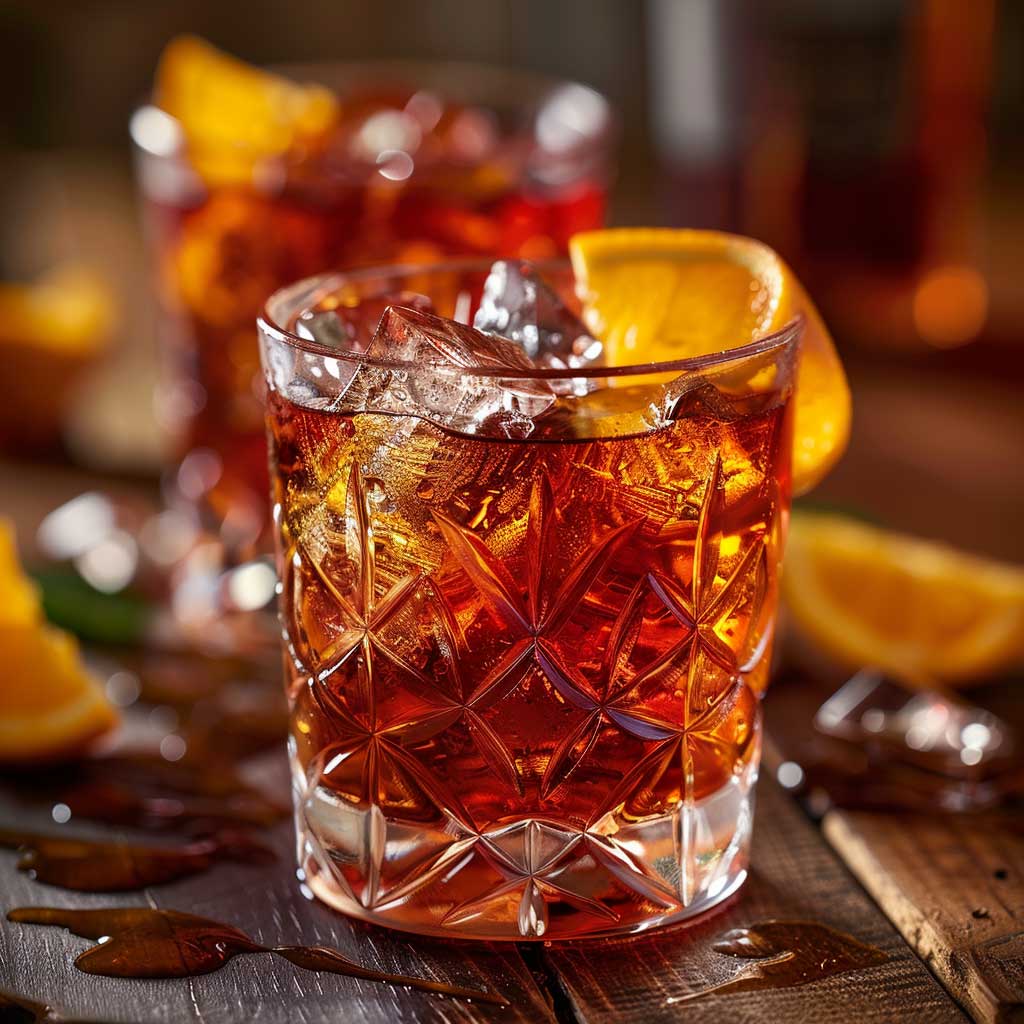
Alcoholic drinks have been an integral part of human culture for millennia, offering a spectrum of flavors, aromas, and experiences that reflect the diversity of our world. From ancient libations brewed by early civilizations to modern cocktails crafted by skilled mixologists, the history of alcoholic drinks is a tapestry woven with innovation, tradition, and cultural significance. In this comprehensive exploration, we delve into the rich history of alcoholic beverages, tracing their origins and evolution, and present five iconic drink recipes from around the world that showcase the global appreciation for spirited sips.
Let’s embark on a global journey to explore five iconic alcoholic drink recipes from different cultures, each offering a unique blend of ingredients and flavors that celebrate the rich tapestry of human ingenuity.

The Margarita is a classic cocktail with origins in Mexico, consisting of tequila, lime juice, triple sec, and sometimes simple syrup or agave nectar. This refreshing drink is served in a salt-rimmed glass over ice and garnished with a lime wedge. The Margarita is a quintessential cocktail that balances the tartness of lime with the smoothness of tequila, making it a beloved choice for festive occasions and warm summer days.
GO TO THE RECIPE

The Negroni is an Italian cocktail made with equal parts gin, sweet vermouth, and Campari, garnished with an orange peel. This elegant and sophisticated drink has a bittersweet flavor profile, with notes of citrus, herbs, and spices. The Negroni is traditionally served over ice in a rocks glass and is enjoyed as an aperitif before meals or as a leisurely sipper at cocktail bars around the world.
GO TO THE RECIPE

The Caipirinha is Brazil’s national cocktail, made with cachaça (a Brazilian sugarcane spirit), muddled limes, and sugar. This vibrant and refreshing drink is served over ice in a lowball glass and is often enjoyed during festive celebrations and beach parties. The Caipirinha’s tangy-sweet flavor and tropical flair capture the essence of Brazilian culture and hospitality, making it a beloved choice among locals and tourists alike.
GO TO THE RECIPE

The Moscow Mule is an American cocktail that rose to popularity in the 1940s, featuring vodka, ginger beer, and lime juice, served in a copper mug. This fizzy and zesty drink is known for its distinctive presentation and refreshing taste, with the spiciness of ginger beer complementing the smoothness of vodka and the tartness of lime. The Moscow Mule has become a classic cocktail enjoyed at bars, parties, and social gatherings across the United States.
GO TO THE RECIPE

Sangria is a traditional Spanish beverage made with red wine, chopped fruit, sweetener, and a splash of brandy or liqueur. This fruity and aromatic drink is served chilled in a pitcher or punch bowl, making it perfect for sharing with friends and family. Sangria is highly customizable, with variations featuring white wine, sparkling wine, or rosé, along with a colorful assortment of fruits such as oranges, lemons, berries, and apples.
GO TO THE RECIPE
In conclusion, alcoholic drinks offer a fascinating glimpse into the cultural heritage and creativity of humanity, with each sip telling a story of tradition, innovation, and conviviality. From the spirited cocktails of Mexico and Italy to the tropical libations of Brazil and Spain, the world of alcoholic beverages is a vast and diverse playground for exploration and enjoyment.
As we raise our glasses to toast the legacy of spirited sips, let’s celebrate the craftsmanship and camaraderie that unite us in the joy of drinking. Whether shared with friends over a leisurely dinner or savored solo as a moment of reflection, alcoholic drinks continue to enrich our lives with their flavors, aromas, and convivial spirit. Cheers to the timeless art of imbibing, and may every sip be a toast to the pleasures of life.

Impress your friends with this amazing new innovation.
Hold your food and drink in one hand while you eat with the other

Immerse yourself in a fusion of flavors and entertainment as we intertwine the realms of food and living.